Abstract
A cohort of 130 working class mothers has been studied in depth over five years to quantify the extent of recording and counselling of lifestyle problems by general practitioners and their staff. Clinical records and mothers' personal accounts at two home interviews five years apart provide the data for this work. Fifty-nine per cent of women had one or more aspects of lifestyle recorded in their records, the commonest being smoking habits. Despite this evidence for good coverage of smokers in the population, alcohol and exercise problems were under-recorded. Clinical records only included details of advice given and follow-up plans for lifestyle problems in 40% of patients' records yet the women themselves remembered advice being given in 48% of cases. An analysis of the womens' accounts in conjunction with the clinical records revealed that over three quarters of those receiving advice remembered it several years later. The primary care team was most likely to target advice and plans on women who were heavy smokers and very obese. This study shows that clinical records underestimate the amount of lifestyle counselling which is conducted in general practice and that a surprising number of working class women remember and act on the advice from their doctors. The implications for clinical recording of lifestyle factors are discussed.
Full text
PDF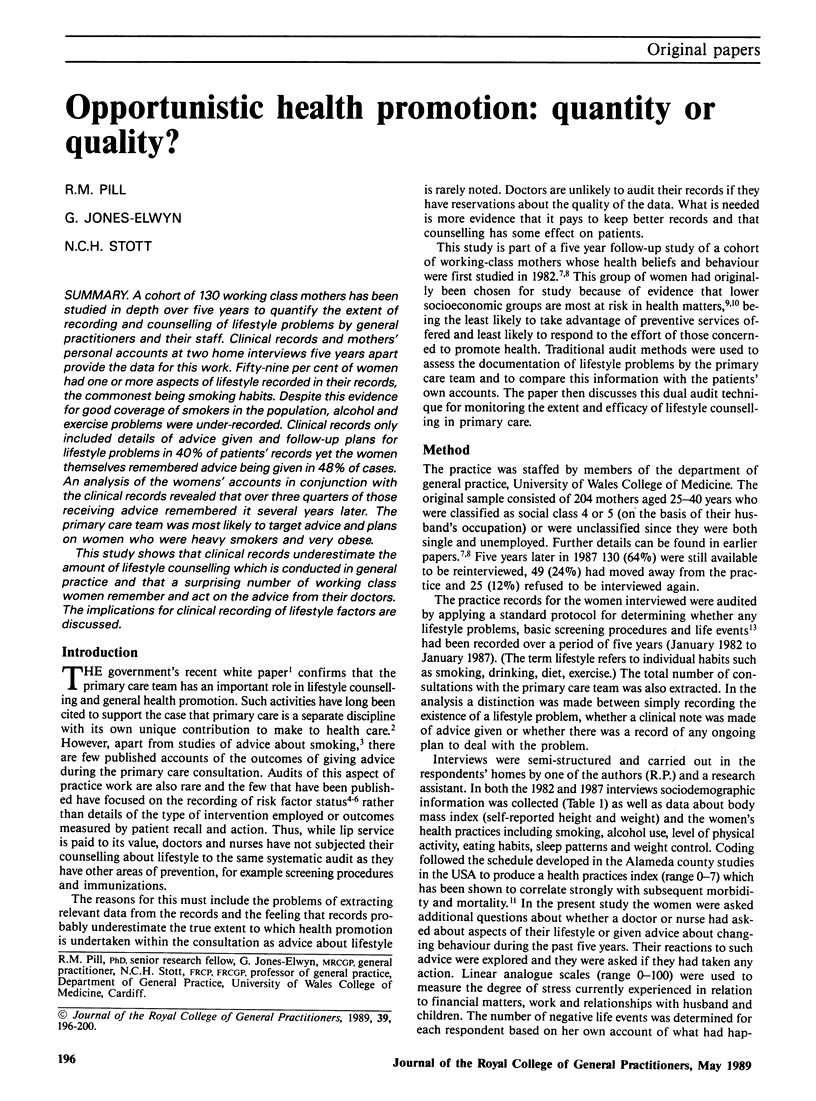
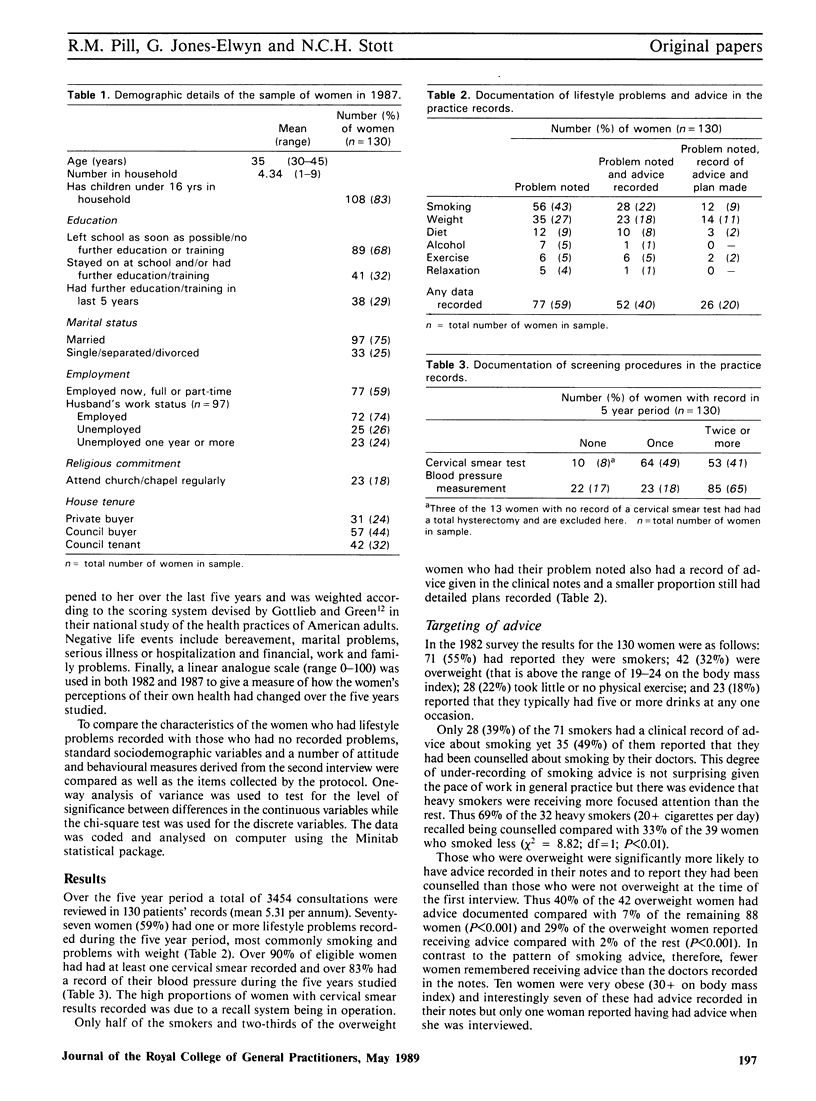
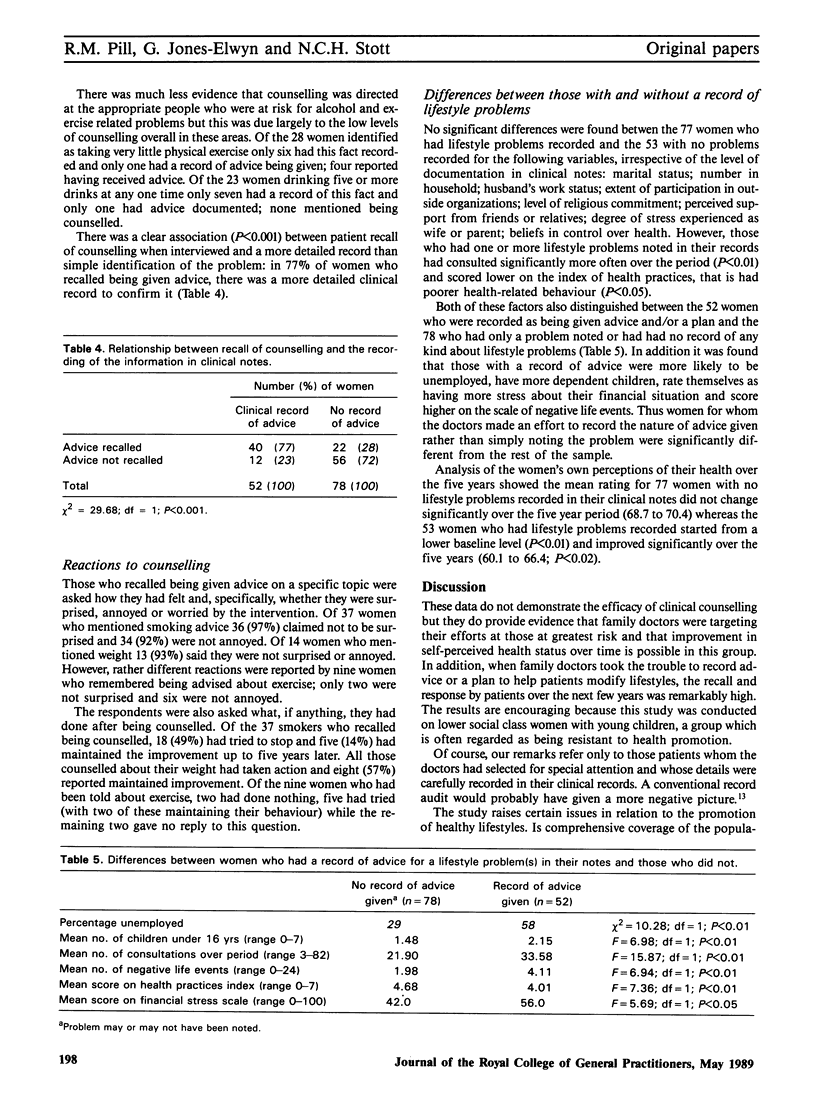
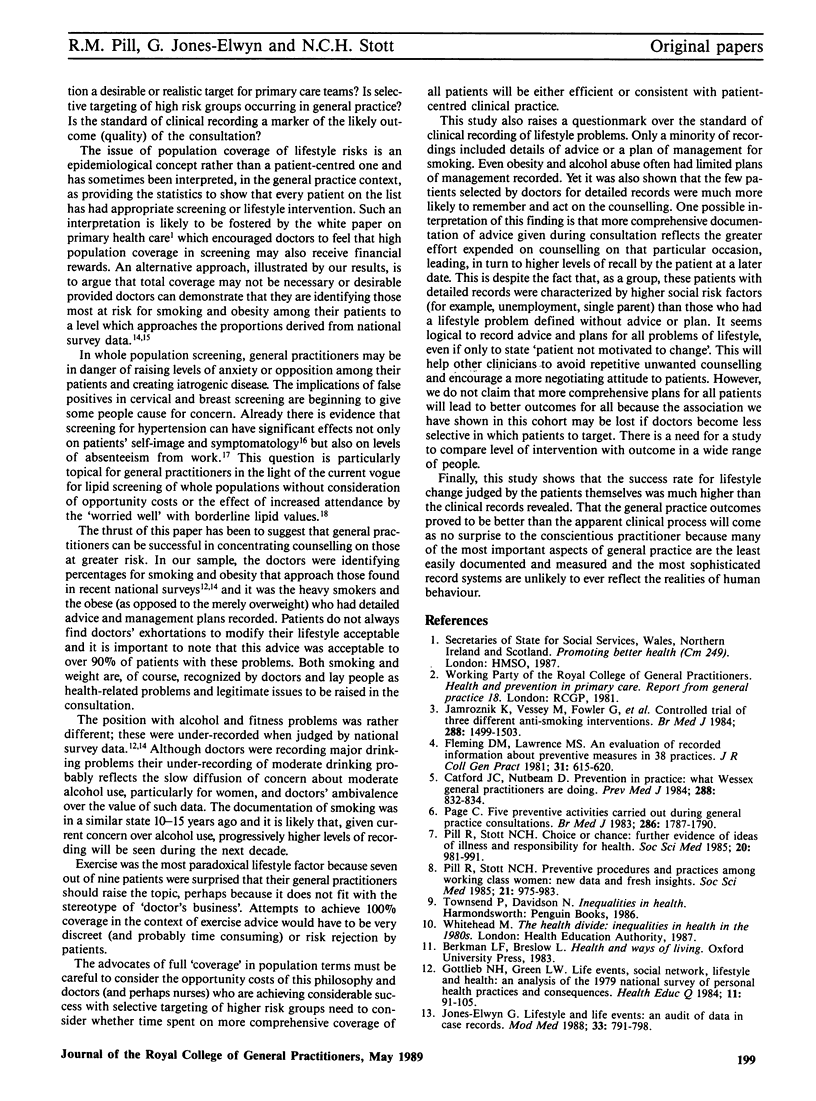
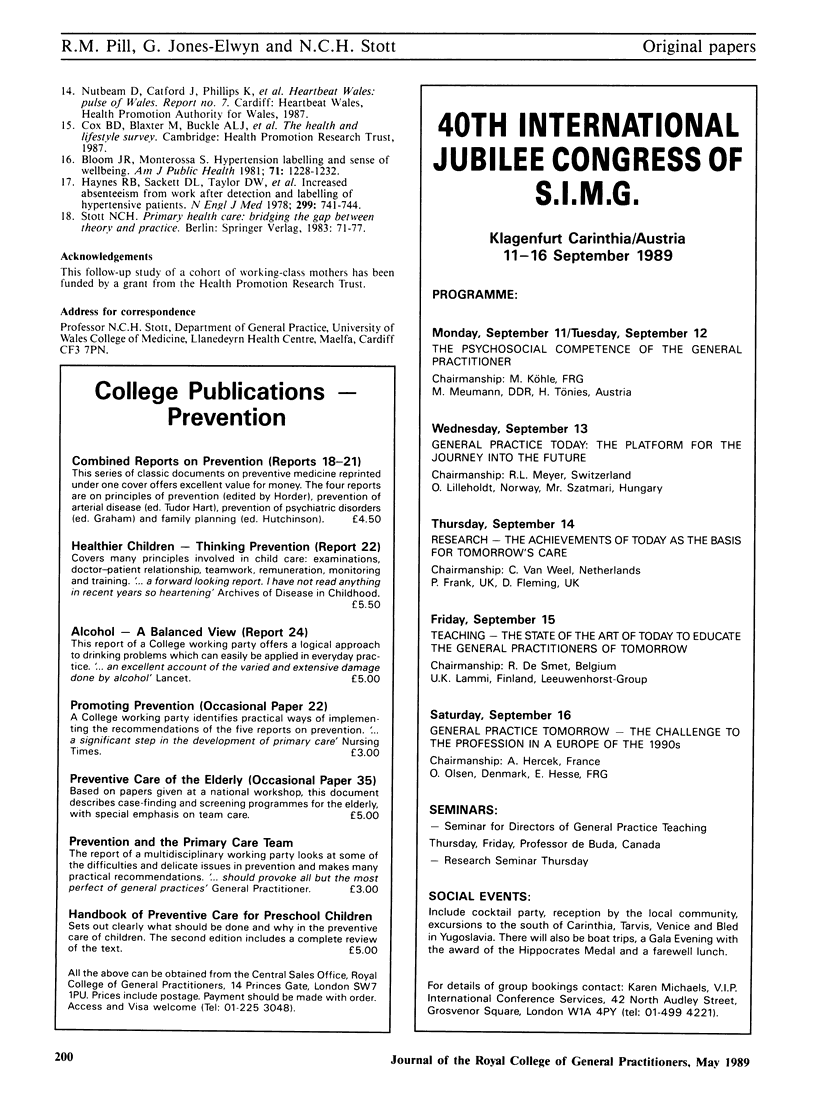
Selected References
These references are in PubMed. This may not be the complete list of references from this article.
- Catford J. C., Nutbeam D. Prevention in practice: what Wessex general practitioners are doing. Br Med J (Clin Res Ed) 1984 Mar 17;288(6420):832–834. doi: 10.1136/bmj.288.6420.832. [DOI] [PMC free article] [PubMed] [Google Scholar]
- Fleming D. M., Lawrence M. S. An evaluation of recorded information about preventive measures in 38 practices. J R Coll Gen Pract. 1981 Oct;31(231):615–620. [PMC free article] [PubMed] [Google Scholar]
- Gottlieb N. H., Green L. W. Life events, social network, life-style, and health: an analysis of the 1979 National Survey of Personal Health Practices and Consequences. Health Educ Q. 1984 Spring;11(1):91–105. doi: 10.1177/109019818401100105. [DOI] [PubMed] [Google Scholar]
- Haynes R. B., Sackett D. L., Taylor D. W., Gibson E. S., Johnson A. L. Increased absenteeism from work after detection and labeling of hypertensive patients. N Engl J Med. 1978 Oct 5;299(14):741–744. doi: 10.1056/NEJM197810052991403. [DOI] [PubMed] [Google Scholar]
- Jamrozik K., Vessey M., Fowler G., Wald N., Parker G., Van Vunakis H. Controlled trial of three different antismoking interventions in general practice. Br Med J (Clin Res Ed) 1984 May 19;288(6429):1499–1503. doi: 10.1136/bmj.288.6429.1499. [DOI] [PMC free article] [PubMed] [Google Scholar]
- Page C. Five preventive activities carried out during general practice consultations. Br Med J (Clin Res Ed) 1983 Jun 4;286(6380):1787–1788. doi: 10.1136/bmj.286.6380.1787. [DOI] [PMC free article] [PubMed] [Google Scholar]
- Pill R., Stott N. C. Choice or chance: further evidence on ideas of illness and responsibility for health. Soc Sci Med. 1985;20(10):981–991. doi: 10.1016/0277-9536(85)90254-0. [DOI] [PubMed] [Google Scholar]
- Pill R., Stott N. C. Preventive procedures and practices among working class women: new data and fresh insights. Soc Sci Med. 1985;21(9):975–983. doi: 10.1016/0277-9536(85)90419-8. [DOI] [PubMed] [Google Scholar]


